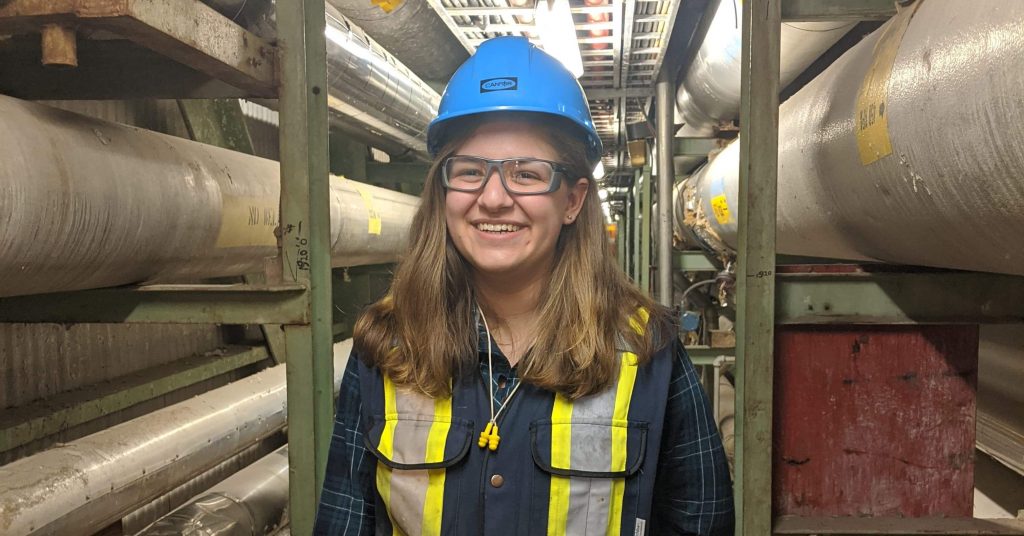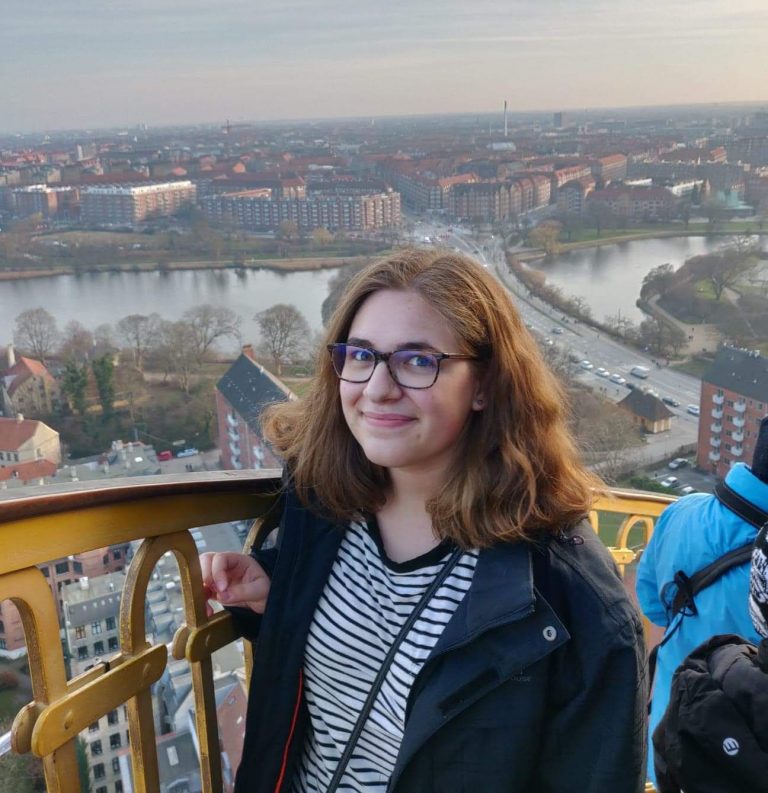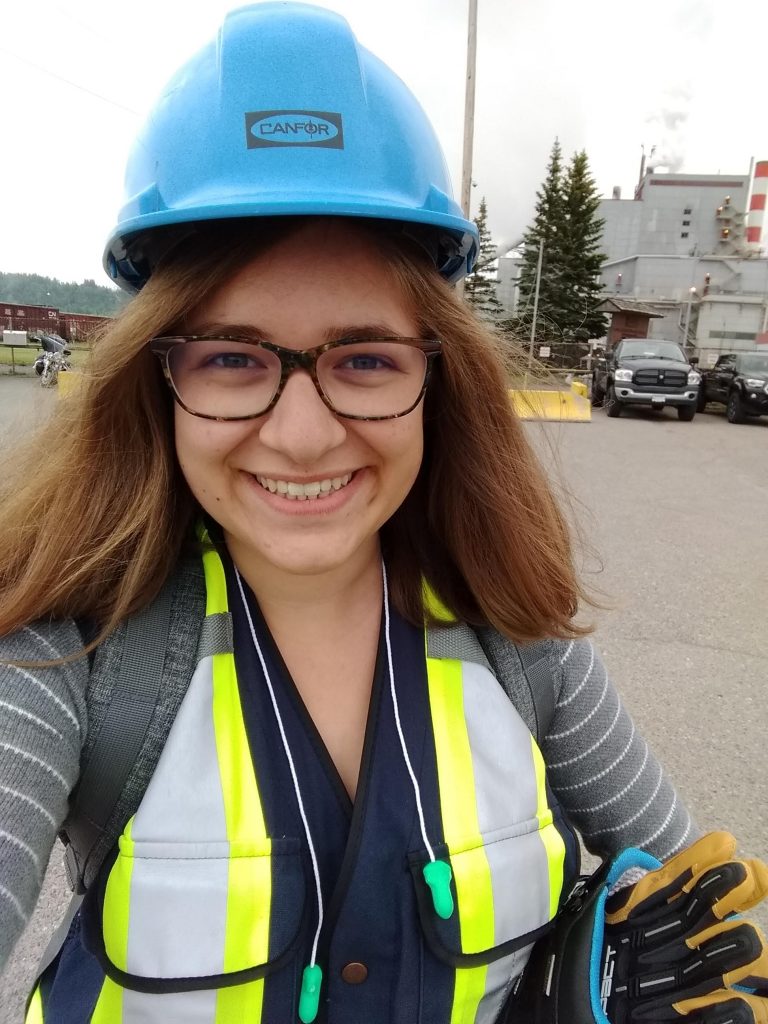Julia Halipchuk (BASc, Civil ’13) is a Building Science & Restoration Engineer with Read Jones Christoffersen Ltd.
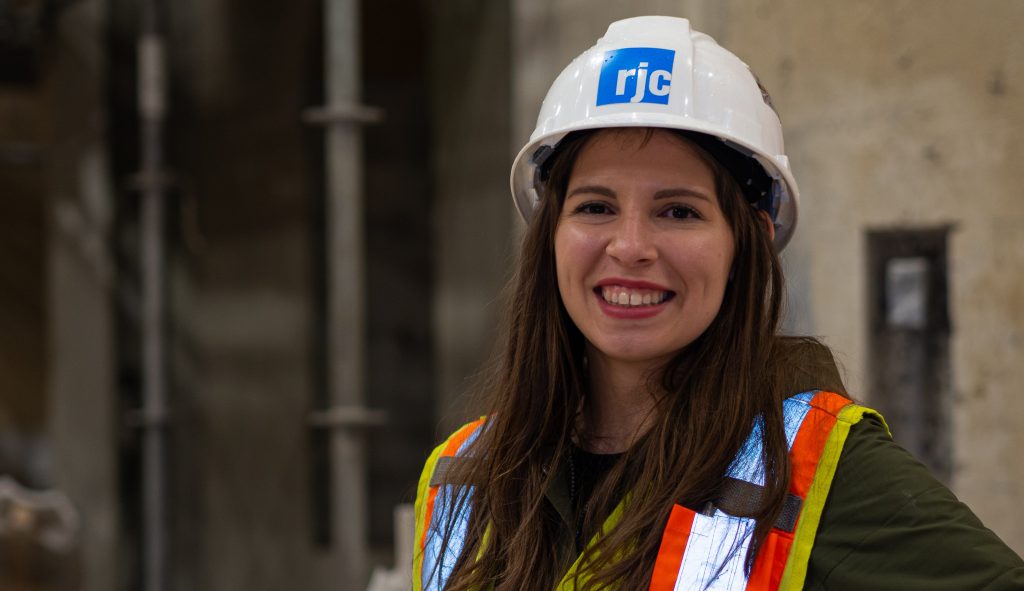
Photo by Clare Kiernan
How did your experience/studies at UBC Okanagan’s School of Engineering prepare you for your current role?
In the later years of my degree I was heavily involved in the campus life programming. Working with students from different faculties gave me the opportunity to grow my communication skills and learn what’s required to work as a team to accomplish a common goal. My current role involves a lot of specialty engineering and I work with many mechanical and electrical engineers. The multiple years of general engineering studies helped me better understand different disciplines.
What are some of your favourite memories from your time at UBC Okanagan?
Most of my favourite moments from university involve campus life activities and my time working as a peer mentor gave me friendships that will last a lifetime. I really enjoyed being a part of the inaugural Concrete Toboggan team and the opportunity I had to travel with a group of other students for a month long excursion to Bolivia.
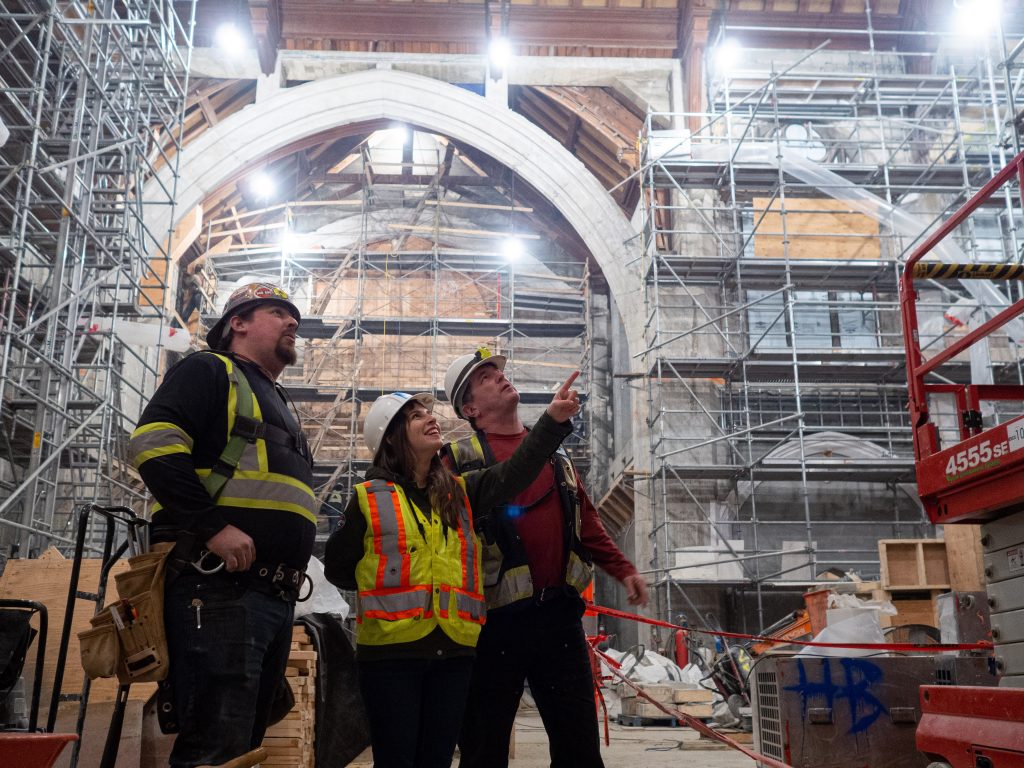
Photo by Clare Kiernan
Is there one class and/or prof in particular that really inspired you?
My capstone course really fostered my interest in structural engineering and I am grateful for Dr. Solomon Tesfamariam’s supervision during that time. But I don’t think I could say that there was one particular class that stood out from the rest. I feel that I learned technical knowledge and a better understanding of myself and others in all of my classes.
What was the process like getting a job?
Finding my first job was relatively straightforward. My second took a bit of work. I was fortunate enough to have been the recipient of a scholarship throughout university that was sponsored by a Mining company. Post graduation they offered me a position in the structural engineering department. After about a year I was laid off and needed to start to look for work again. I spent about 9 months looking for work both here and overseas. I kept up with the EGBC job postings, cold called several companies and tried to leverage my contacts to get my foot in the door. After lots of perseverance, I found my current position at RJC. I’ve been with the company for 5 years, and is a great fit for me.
Describe your current role?
I work as a specialty structural engineer which is sort of an umbrella term for a variety of scopes. I work on existing buildings; providing structural services to architects and designers conducting tenant improvements for commercial clients, and to mechanical and electrical engineers providing upgrades to existing building systems. I provide specialty gravity supports and seismic restraints for mechanical and electrical equipment as well as architectural features. A large part of my time is spent conducting seismic assessments and providing upgrade schemes, usually for public buildings.
What does the future hold for you?
I am hoping to continue my career in structural engineering and focus my work on seismic upgrading of existing structures. Aside from that, I hope to continue to see more of the world, eat great food, and leverage my position as a disabled woman in the construction industry to make room for other marginalized people.
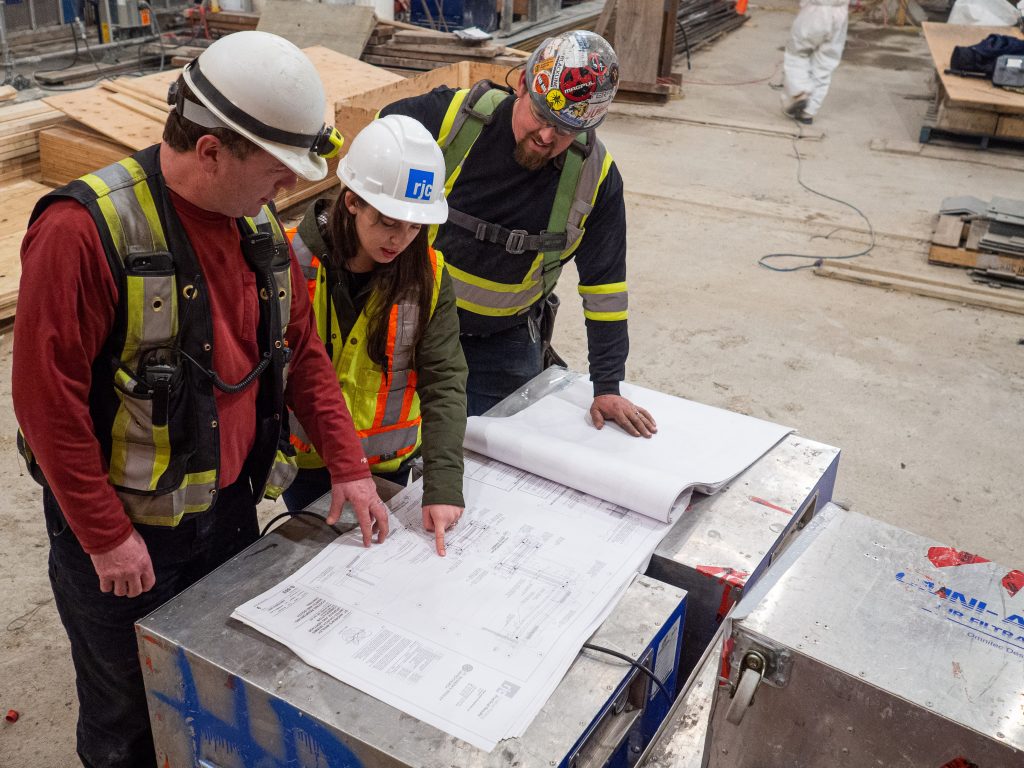
Photo by Clare Kiernan
Julia was featured in a CBC profile in October 2019.

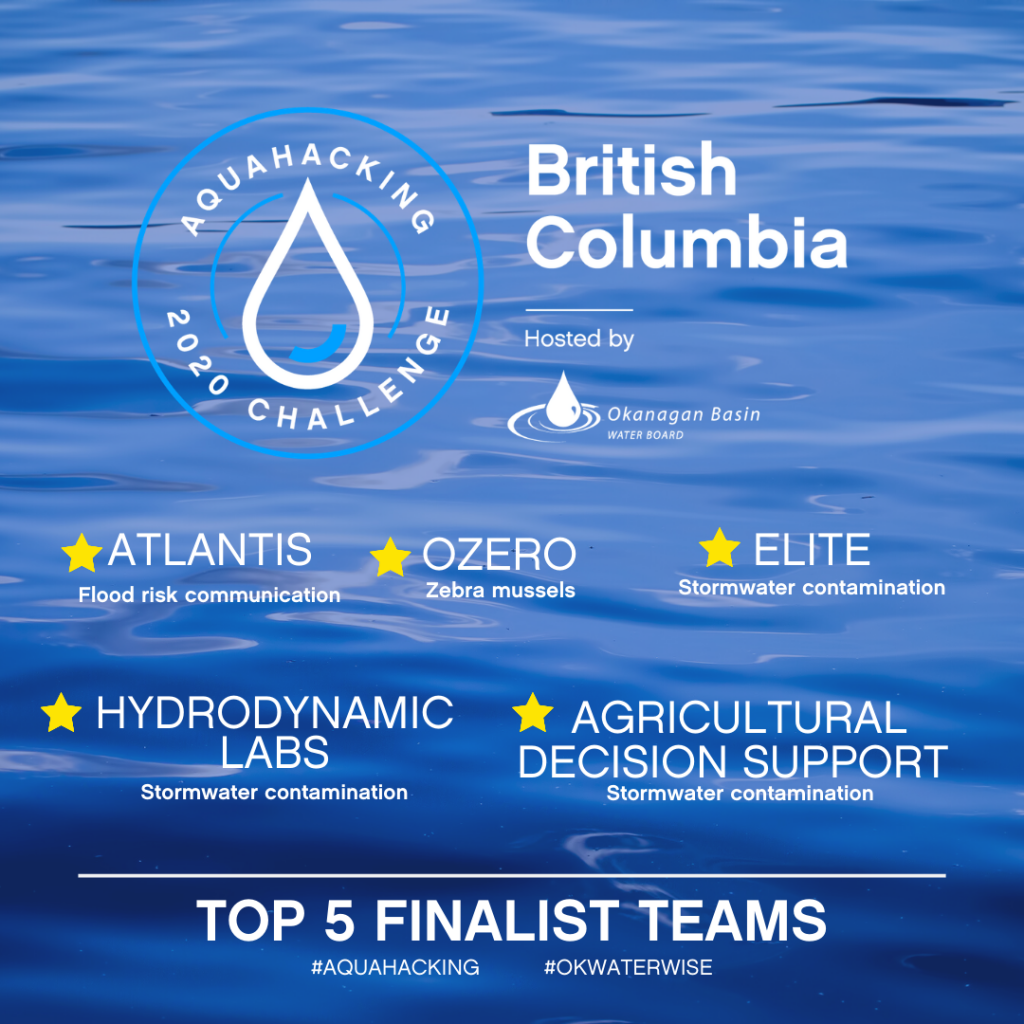
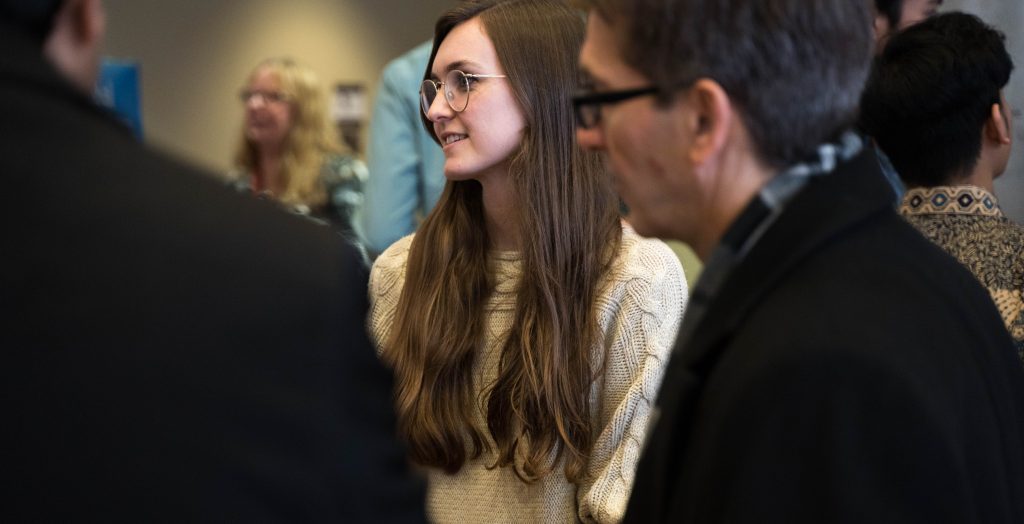

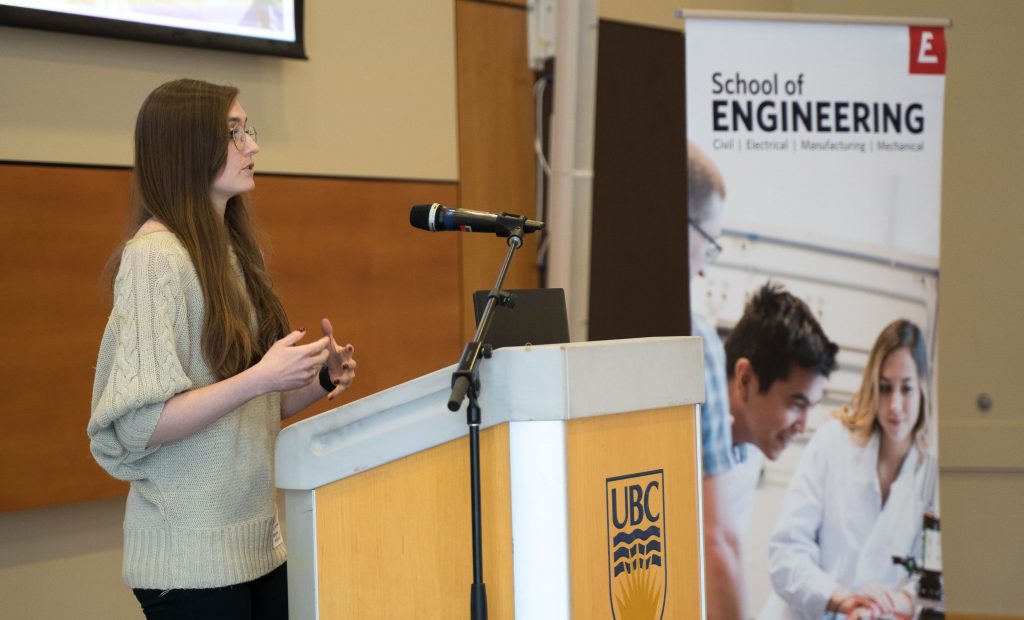
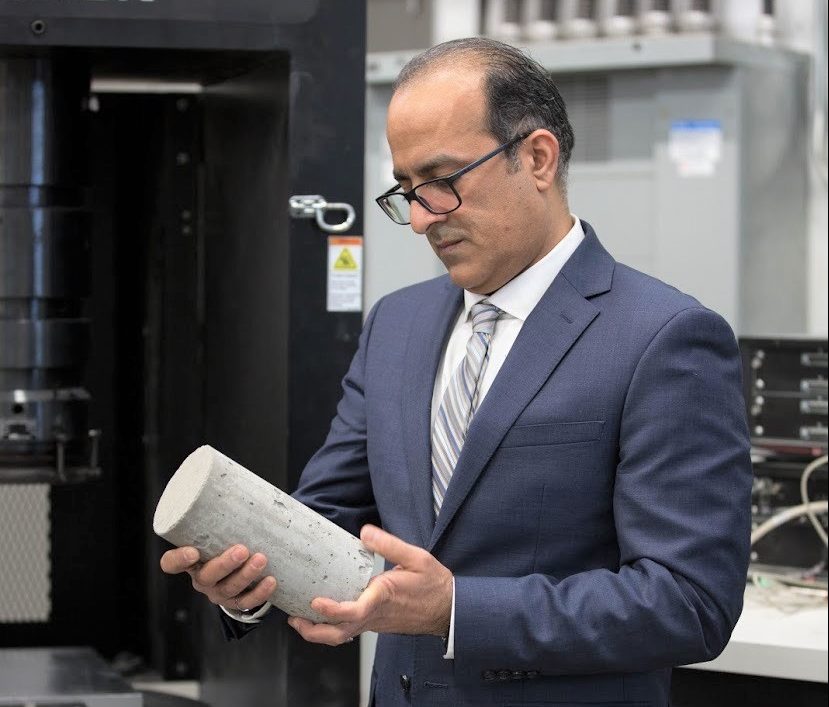
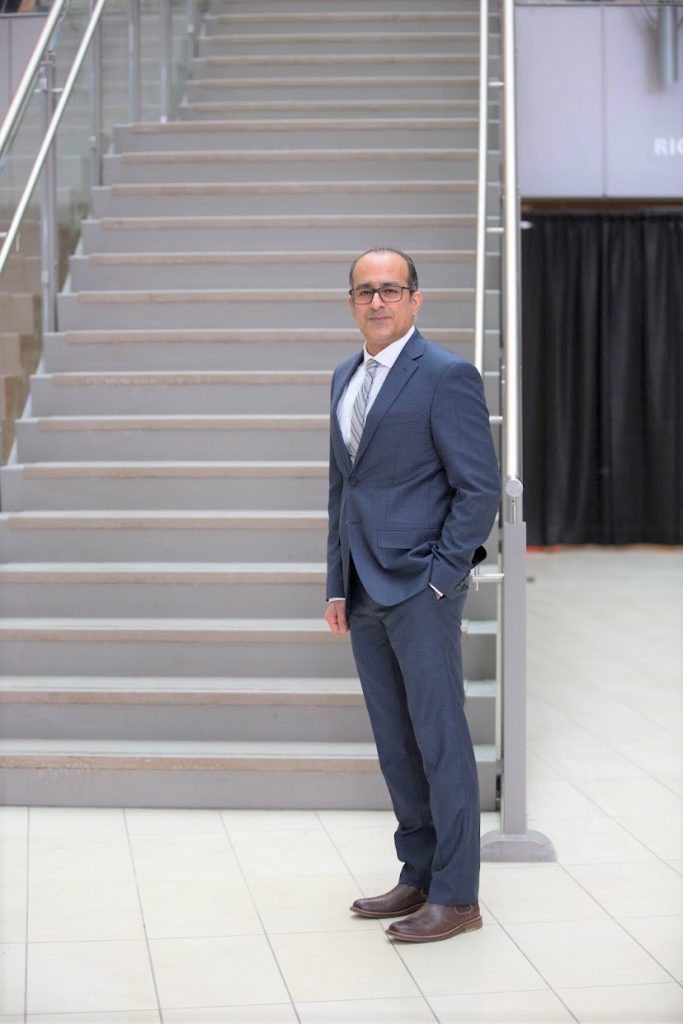
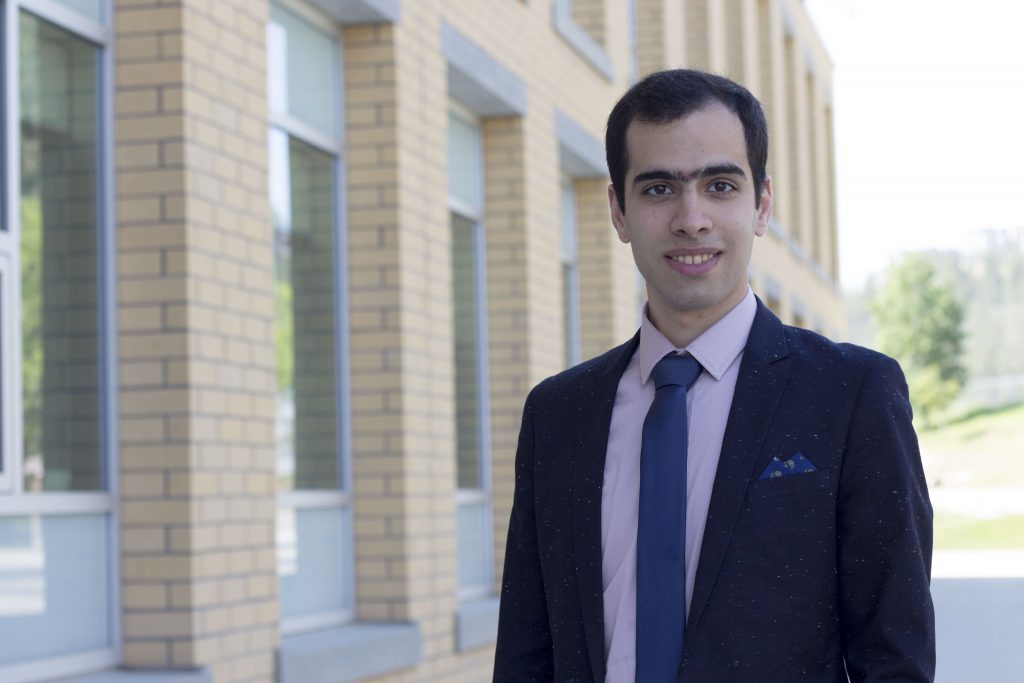
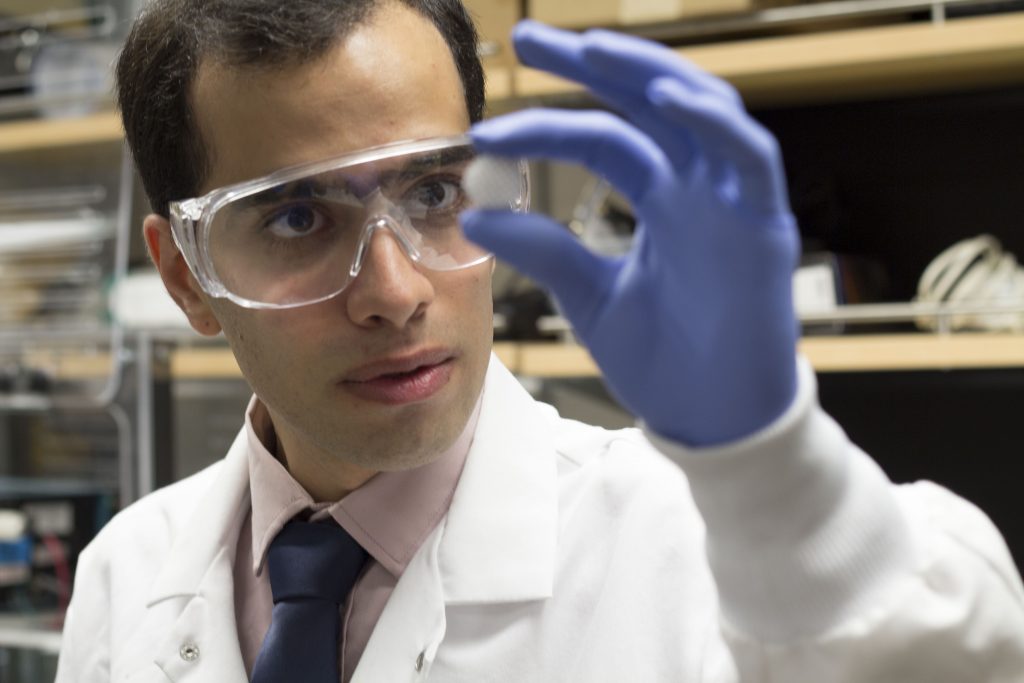
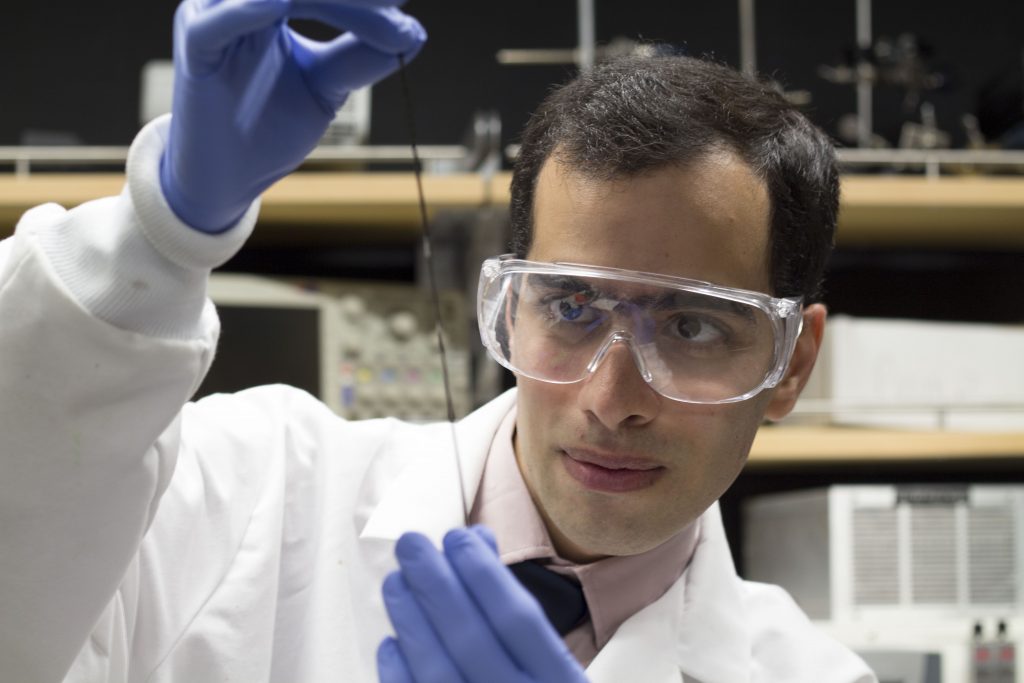
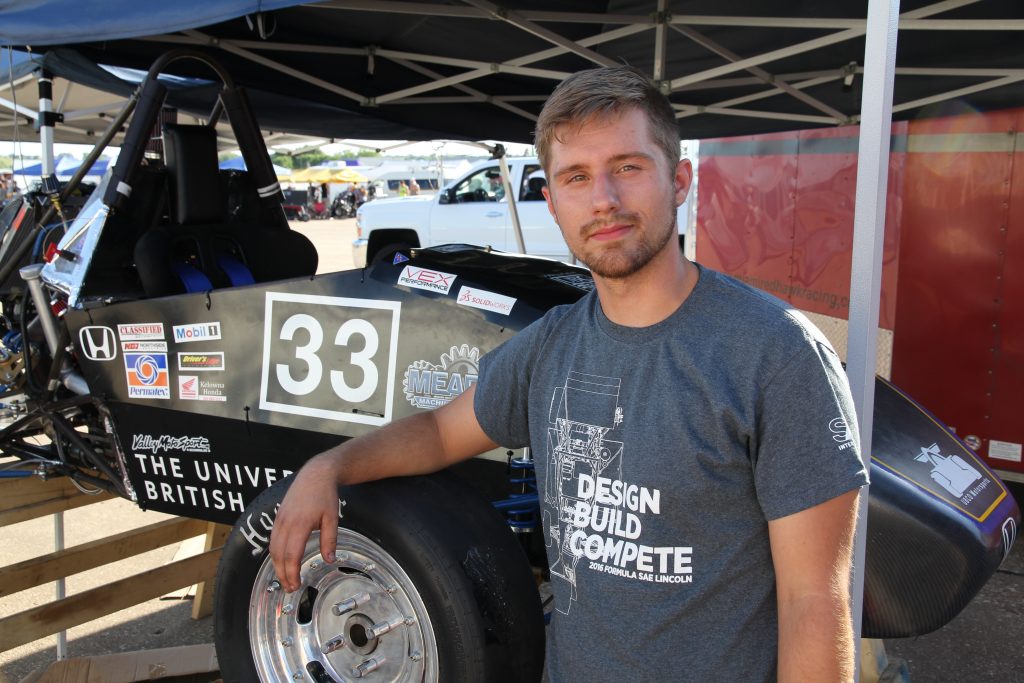
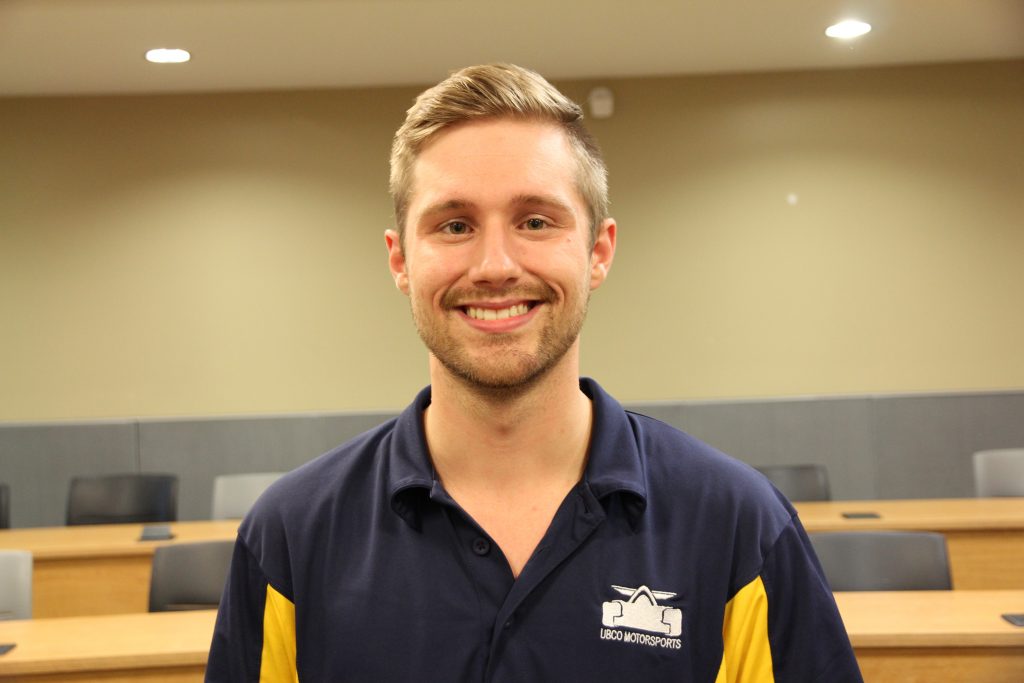
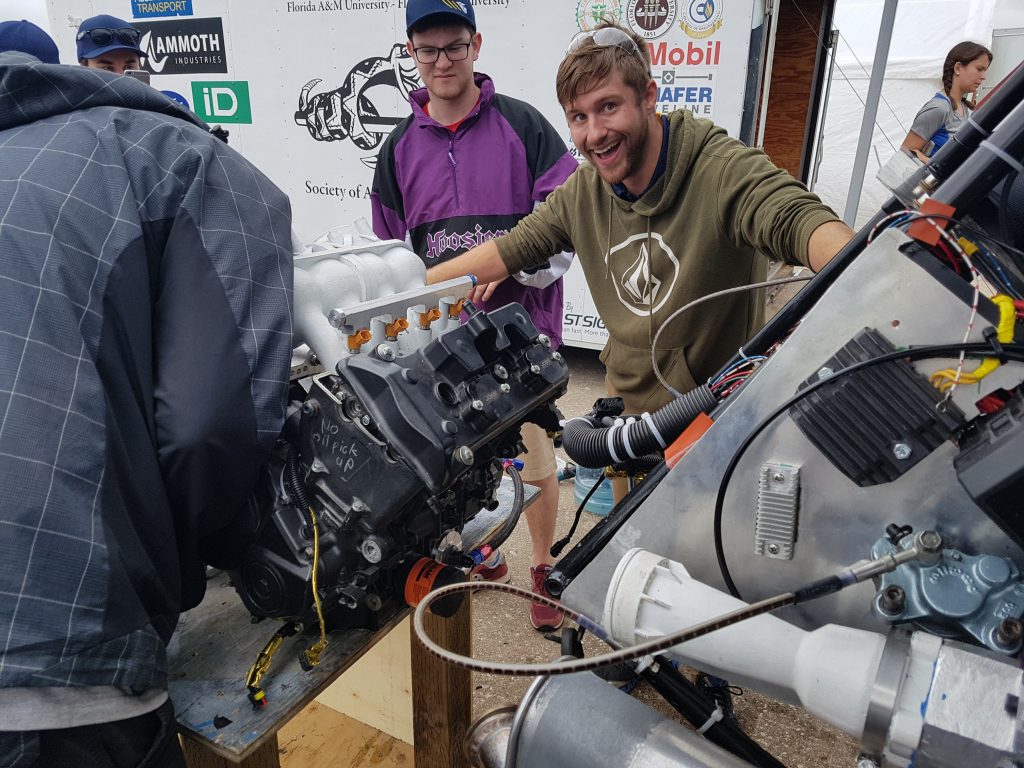
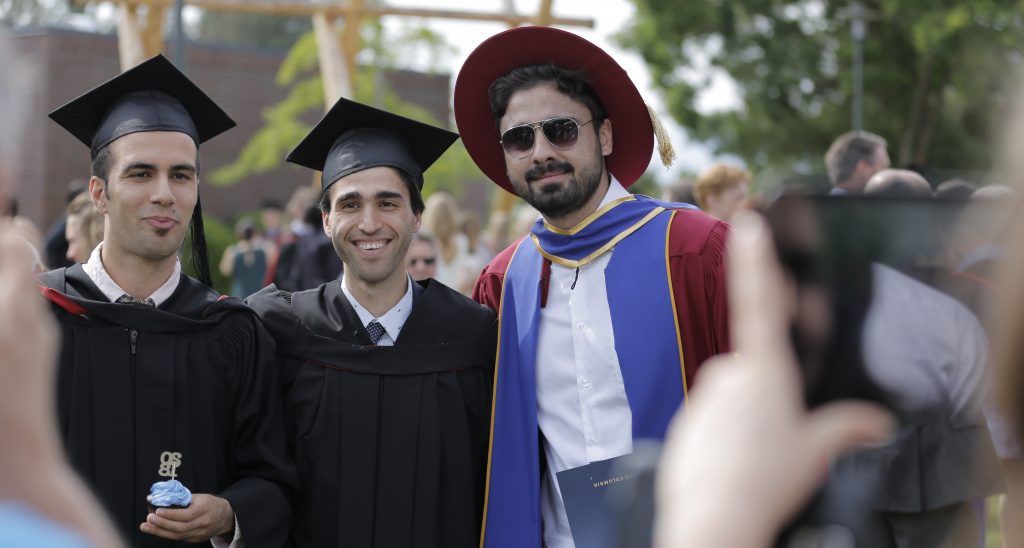
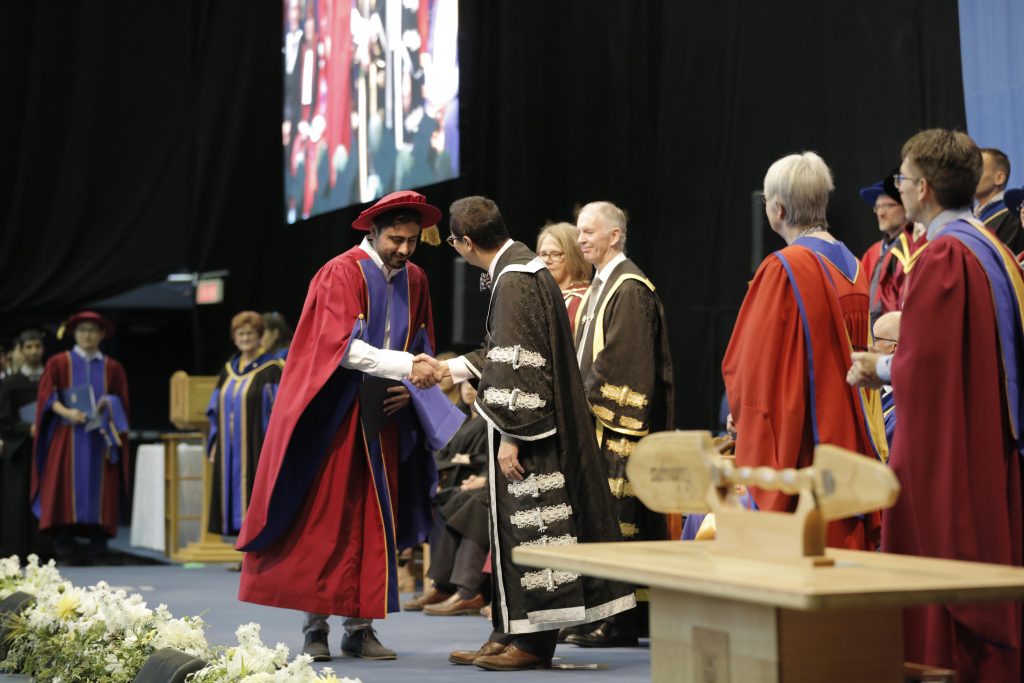
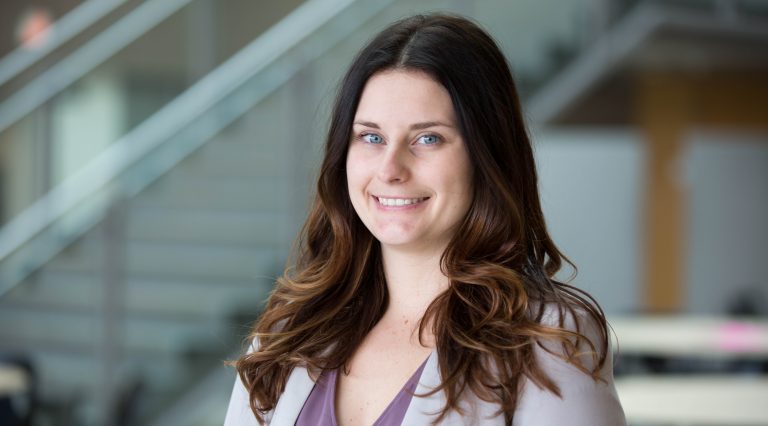
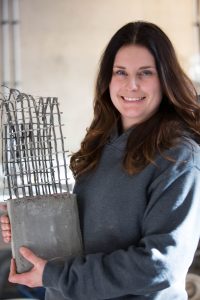
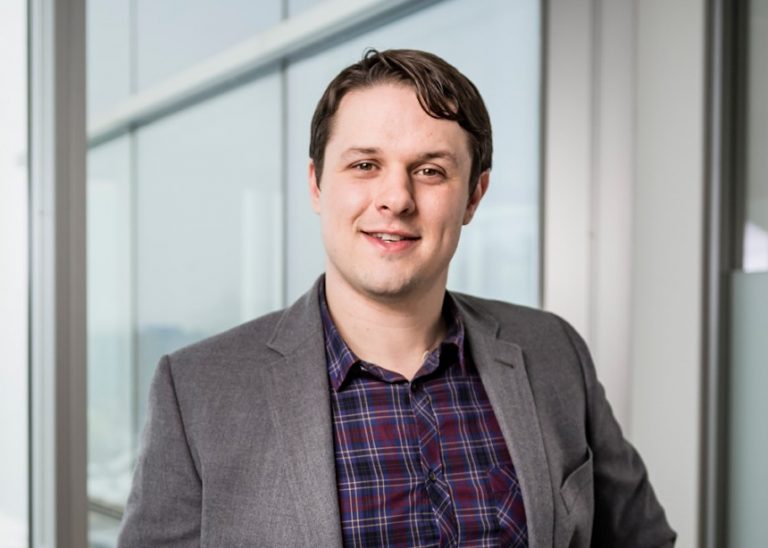
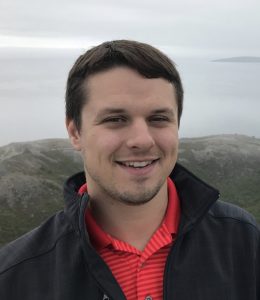 Did you envision that one day you’d be working in Newfoundland for an offshore energy company?
Did you envision that one day you’d be working in Newfoundland for an offshore energy company?